20 Fascinating Facts About Rwanda
1. Rwanda is a landlocked country in Africa. Landlocked countries are completely surrounded by land with no access to the sea. Currently, there are 45 landlocked countries along with five partially recognized states.
2. Rwanda was initially inhabited by the Twa – a Pygmy hunter-gatherer people known for their short stature as they were typically around 1.5m (5ft) tall.
3. The Hutu people migrated to the region sometime between the 5th and 11th centuries, followed by the Tutsi people beginning in the 14th century.
4. In 1858, British explorer Hanning Speke became the first European to visit what would later become Rwanda.
5. Rwanda was occupied by Germany from 1890 and then by Belgian forces from 1916.
6. Rwanda is known as Le Pays des Mille Collines (Land of a Thousand Hills) because of its many mountains.
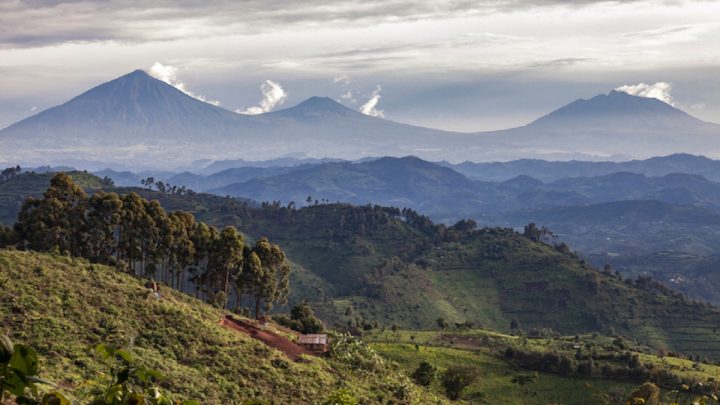
7. From 1946 to 1962, Rwanda was part of a UN trust territory governed by Belgium called Ruanda-Urundi which included present-day Rwanda and Burundi.
8. In 1962, Belgium withdrew and Rwanda – along with Burundi – became a separate, independent country.
9. In the 1990s, Rwanda endured a horrific genocide which at its climax saw an estimated 800,000 ethnic Tutsis and moderate Hutus killed in the space of just 100 days in 1994.
10. Paul Kagame has effectively run Rwanda since his rebel army ended the genocide in 1994. He was vice president and defense minister from 1994 but was widely regarded as the real leader. In 2000, parliament elected him president and he has since won elections in 2003, 2010, and 2017.
11. Rwanda’s flag is horizontally striped blue-yellow-green with a yellow sun with 24 rays in its upper-right corner. The design represents Rwanda’s lush vegetation, bathed in the yellow light of the sun promoting national unity, respect for work, heroism, and self-assurance.
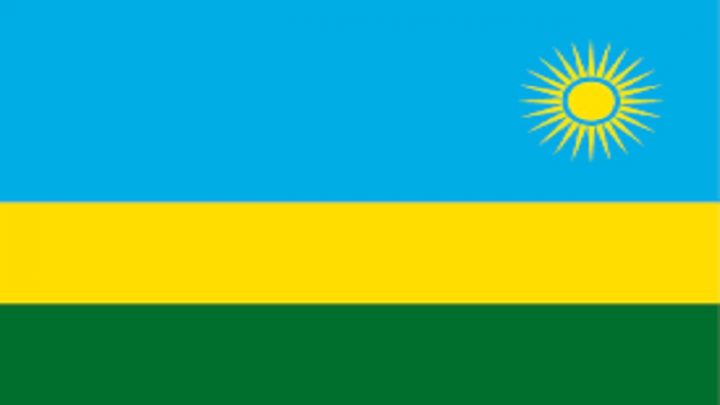
12. Since 2003, Rwanda has consistently had the highest proportional female representation of parliamentarians in the world. As of 2019, 61% of its lower house is female. Additionally, four of Rwanda’s seven supreme court justices are women.
13. This has significantly contributed to Rwanda becoming the world’s ninth most gender-equal and Africa’s most gender-equal country according to the 2020 Global Gender Gap Index. Gender equality is measured by the relative gaps between women and men in health, education, economy, and politics.
14. Rwanda is Africa’s second most densely populated country after Mauritius and Africa’s most densely populated mainland country. As of 2017, there were 496 people per square kilometer.
15. Rwanda has some of the lowest CO2 emissions in the world. In 2020 it was ranked sixth-lowest when measured by metric tons per capita.
16. Rwanda’s capital, Kigali, has been hailed as one of Africa’s greenest and cleanest cities after a number of measures were introduced over the last decade to clean up the city following a population boom.
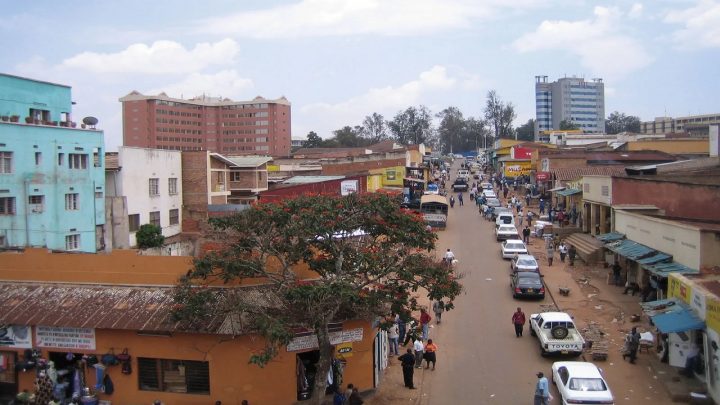
17. Rwanda is home to the Volcanoes National Park, where the Rwandan section of the Virunga Mountains includes five (extinct) volcanoes.
18. The region is home to the endangered mountain gorilla – only 1,063 are estimated to still exist in the wild. Mountain gorillas are found in just two areas: the Virunga volcanoes spanning the borders of Rwanda, Uganda, and DR Congo and in the Bwindi Impenetrable National Park in Uganda.
19. Since 2018, Rwanda has used drones to deliver blood and medical equipment. Doctors in rural areas can order such supplies by text message and have them delivered by drone.
20. In 2008, Rwanda became one of the first countries to ban plastic bags completely. The country is aiming to be the world’s first plastic-free nation.
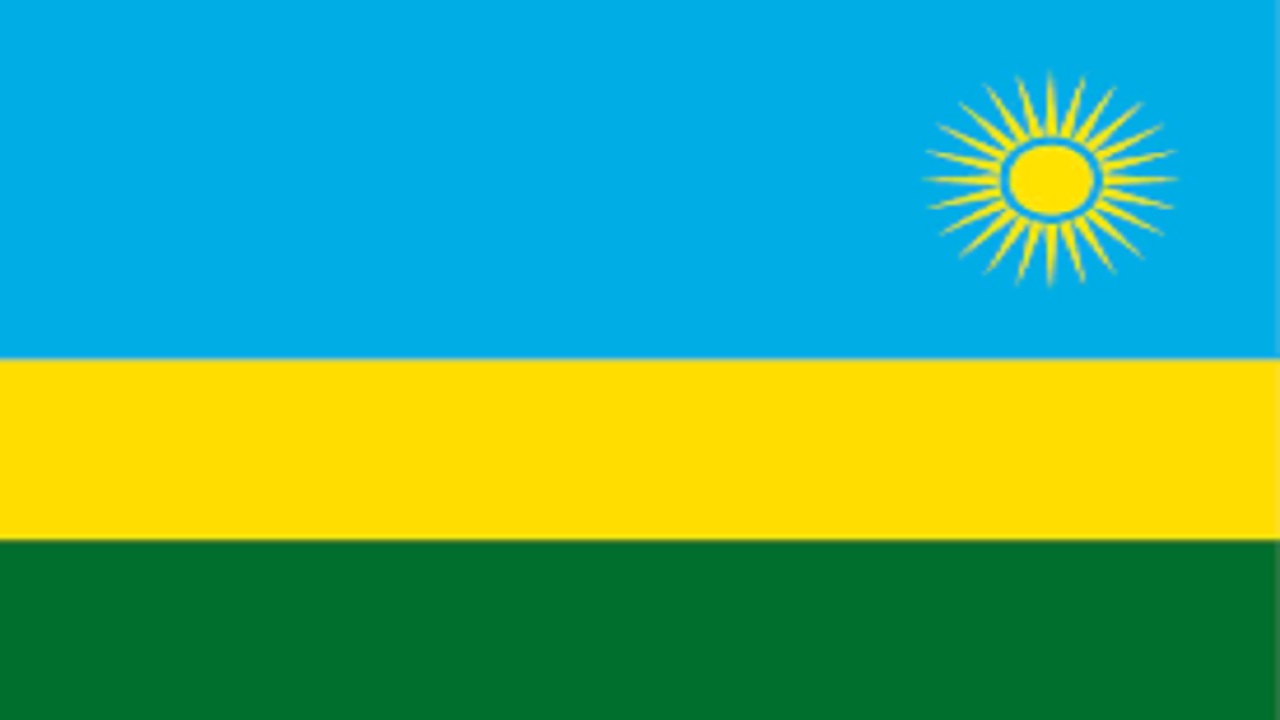
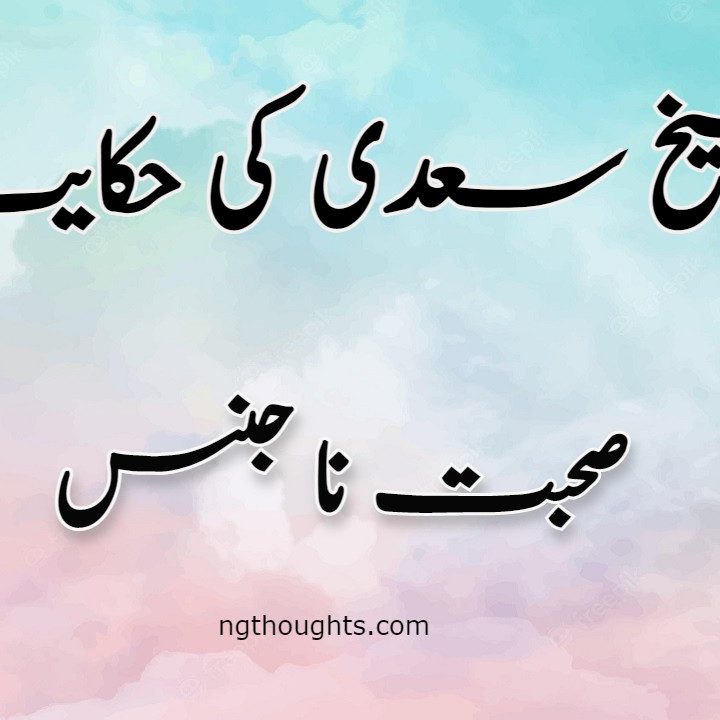
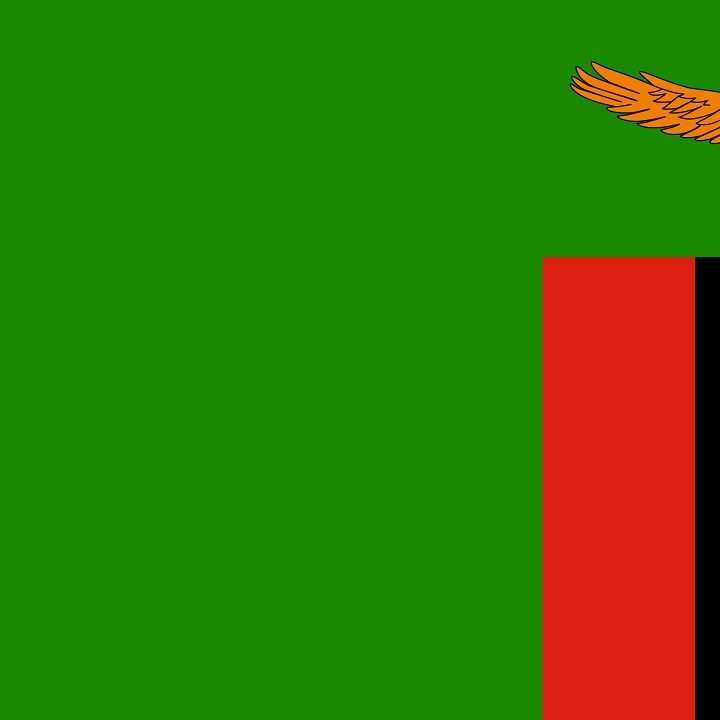
One thought on “20 Fascinating Facts About Rwanda”